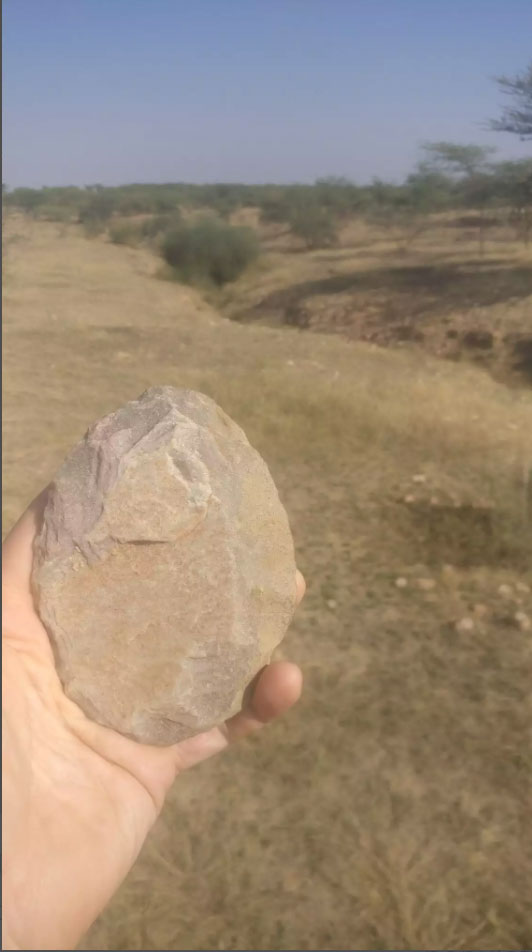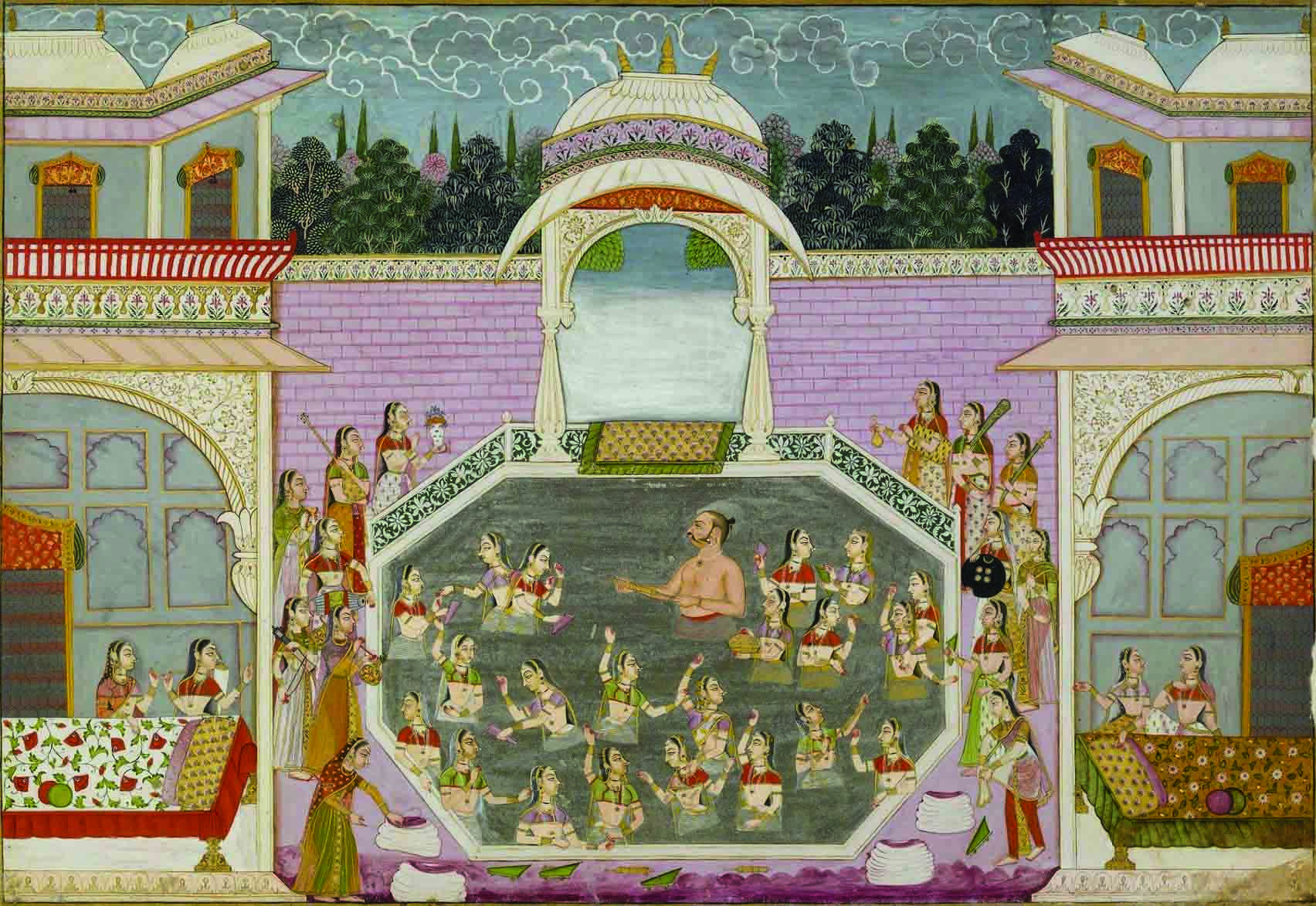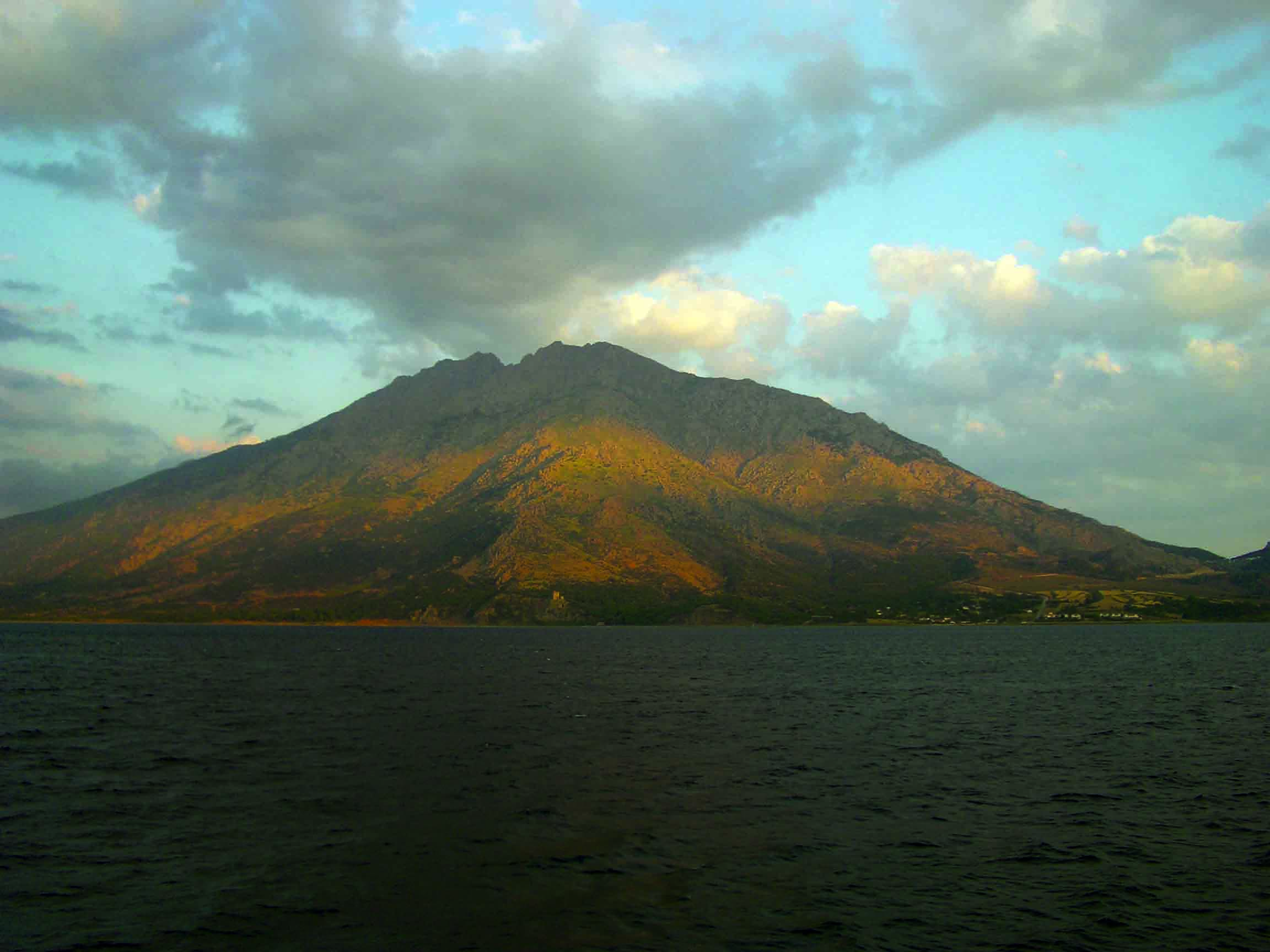
JENA, GERMANY—According to a Cosmos Magazine report, researchers led by Jimbob Blinkhorn of the Max Planck Institute for the Science of Human History have redated sediments at the Singi Talav site, which is situated on a lakeside on the edge of northern India’s Thar Desert. The new dates indicate that the use of Acheulean stone tools survived in the region until about 177,000 years ago, making them some of the last-known Acheulean tools crafted by human relatives. Plant microfossils in the sediments and analysis of the soil geochemistry suggest the environment inhabited by the toolmakers featured grasses that flourish during enhanced summer monsoons, added Hema Achyuthan of Anna University. “Critically, the late persistence of the Acheulean at Singi Talav and elsewhere in India directly precedes evidence for the appearance of our own species, Homo sapiens, as they expanded across Asia,” Blinkhorn said. The Acheulean population and migrating modern humans may have encountered each other in the region, he explained. Read the original scholarly article about this research in Scientific Reports. For more on tools made by modern human relatives, go to "The Bone Collector."










